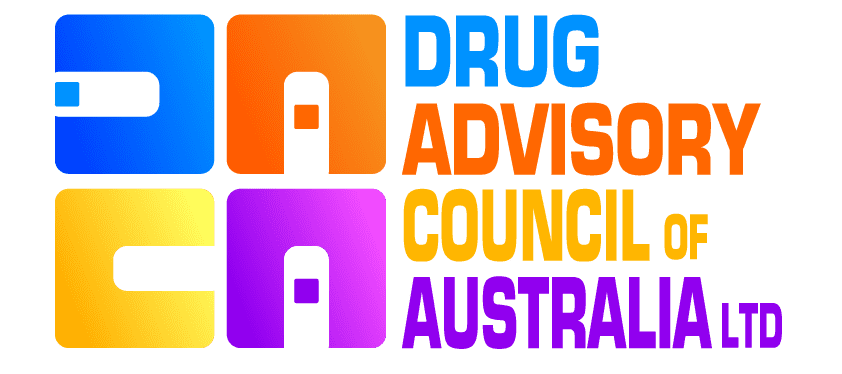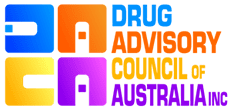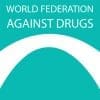No reasonable or meaningful discussion can take place on drug policy unless all parties understand the three levels of prevention in public health principles when dealing with epidemics – be they for example influenza, measles, smallpox, zika virus, cholera, dengue fever, Ebola etc. or drugs. The three levels of prevention are Primary, Secondary and Tertiary. Arguably the greatest failure of Primary prevention occurred during the 1918 influenza pandemic when an estimated 20-50 million people died from influenza, more than from the Black Death Bubonic Plague from 1347 to 1351.
PRIMARY prevention applies measures to prevent a disorder from occurring e.g. tetanus or flu vaccinations and health education/messages. In the case of illicit drug use, or abuse of legal drugs, areas of law enforcement can act as primary prevention – arguably the most prominent being the multiple tonnes of drugs seized by border control forces which stop hundreds of millions of street hits reaching us, especially our children. SECONDARY prevention applies to treatment measures of a disorder in its early/middle stages of development, and then preventing any further relapse (s) or recurrence. TERTIARY prevention is management of a case (s) at a later stage – to apply measures to slow down progression or reduce the number of relapses (often these are extreme cases of drug-related morbidity). In all 3 preventions, the overriding aim must be to maintain or restore normal lives – i.e. free of drugs. Observers will quickly link, analogously, any illicit drug policy with clearly unsuccessful primary prevention to a message to sailors in northern hemisphere seas that icebergs are uncommon and not really dangerous.
What decides essentially the progression or regression of a drug epidemic ? If the number of first-time users does not fall substantially the epidemic cannot be contained or diminished. Take opiates as an example. According to C/W Health figures issued in 1991, there were 9,100 persons on methadone in Australia. Leading health bodies now estimate this number has risen to 51,000 ! A rise in the numbers on methadone points to a rise in the number of opioid users (often heroin) and dependency.
In 2014 a report by the United Nations Office on Drugs and Crime found Australia had ” the highest proportion of per capita recreational drug users in the world……… with the number of drug users continuing to rise steadily”. The sad truth of course is that the Australian model referred to is Harm minimisation/Harm reduction, still in force. Treatment (secondary prevention) is essential but efficiently applied primary prevention will always reduce substantially and disproportionately resources needed for treatment, unless the treatment is laissez-faire (drug maintenance) and not successful in returning the drug afflicted to normal (drug-free) lives. So let’s change the model. Sweden is recognised internationally as having one of the most successful drug policies in the world. Why do I say that ? In 2008the UN Office on Drugs and Crime conducted a study of 180 countries using serious drug problems as the principal benchmark – 180 being the best, and 1 the worst. Australia came in the first 12. Sweden came in at 162.
Sweden rationalises and justifies its drug policy by declaring it is common, nationally and internationally, to formulate aims which express a basic standpoint and indicate a direction, even if the aim can hardly be achieved in the short term. The UN conventions on human rights are one such example. They represent the international community’s consensus view on the rights which are to apply to people the world over. Knowledge of the occurrence of worldly violations of human rights and of the aims being far beyond many countries’ horizons makes it more important than ever to safeguard the vision of universal human rights. Acceptance of human rights violations relating to the situation in certain parts of the world would amount to capitulation.
By the same token, limiting the aims of drug policy to basically “reducing the harmful effects of drugs” is to capitulate to illegal drug trafficking and to accept that drugs have come to stay in our societies. A limited aim of this kind is in practice a lowering of society’s ambitions, and sanctions the marginalization of certain groups in society. Limiting the harmful effects of drugs is one part of the efforts made in drug use care on behalf of persons who have become addicted to drugs, but if a strategy is formulated essentially in terms of alleviating the situation of those who have already become dependent/addicted, the role and effectiveness of primary prevention is severely hindered resulting in greater numbers of first-time users – a situation which if allowed to continue must derail the principles of public health governing epidemics which include the dimension of the numbers involved and the concept of prevention – primary (prioritised), secondary, and tertiary.
Recommendation 8 of the 2007 Commonwealth House of Representatives Standing Committee report “The impact of illicit drugs on families” recognised the above by saying that “The Commonwealth Government develop and bring to the Council of Australian Governments a national illicit drug policy that replaces the current focus of the National Drug Strategy on harm minimisation with a focus on harm prevention and treatment that has the aim of achieving permanent drug-free status for individuals with the goal of enabling drug users to be drug free”
Mr. Colliss Parrett
Member, Drug Advisory Council Australia




